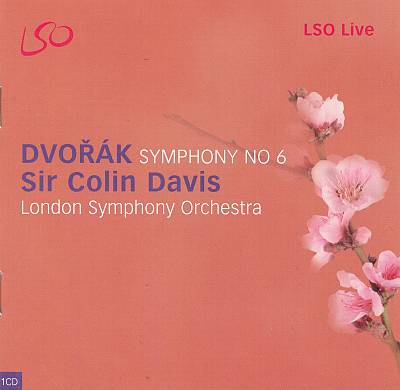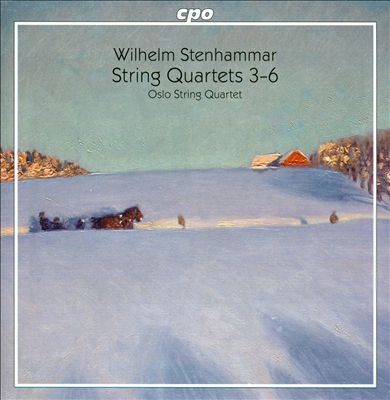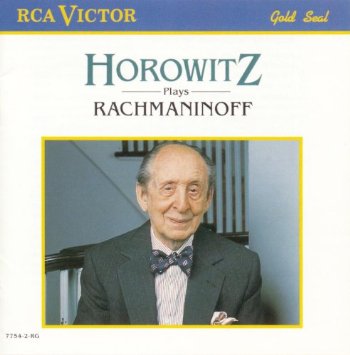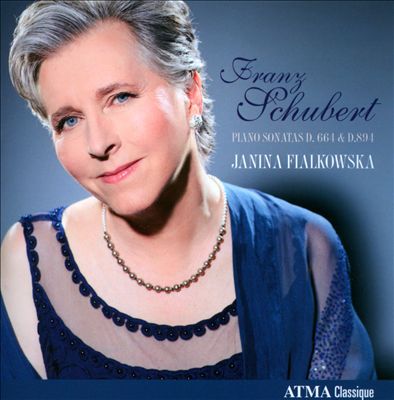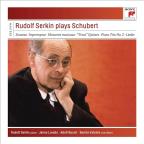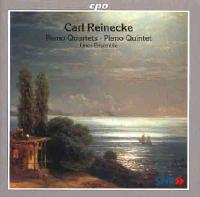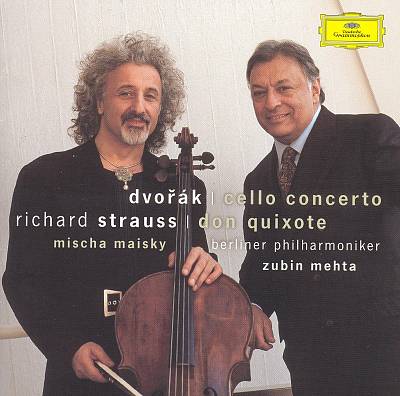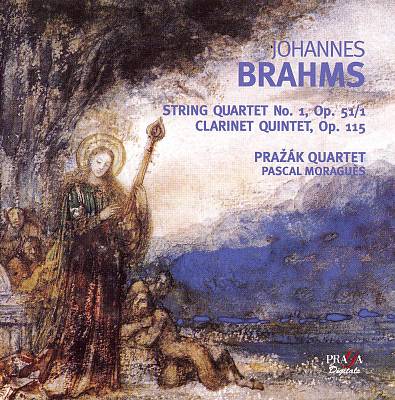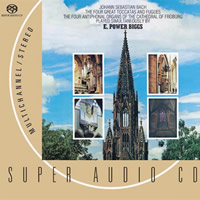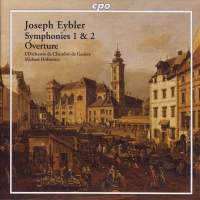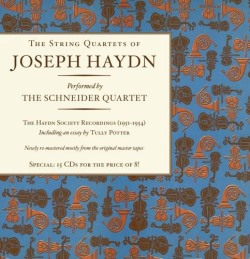
Peter Friedman
Members-
Posts
30,591 -
Joined
-
Last visited
-
Donations
0.00 USD
Content Type
Profiles
Forums
Events
Blogs
Everything posted by Peter Friedman
-
What Classical Music Are You Listening To?
Peter Friedman replied to StarThrower's topic in Classical Discussion
-
Whenever I get to Chicago to visit my son, daughter in law and grandkids I always make a trek to the JRM and spend a lot of time browsing through the stock. Would always come away with , at least, a few cd's to add to my collection. Brick and mortar record shops have been dying out for a number of years. It was nice to know that at least the JRM was still there to remind me of the many many years I would visit record stores in whatever city I lived in or visited. I will most likely get back to Chicago to see family within the next 2 months or so. It will be very sad to know that I will no longer be able to plan a visit to the JRM.
-
What Classical Music Are You Listening To?
Peter Friedman replied to StarThrower's topic in Classical Discussion
-
What Classical Music Are You Listening To?
Peter Friedman replied to StarThrower's topic in Classical Discussion
-
What Classical Music Are You Listening To?
Peter Friedman replied to StarThrower's topic in Classical Discussion
-
What Classical Music Are You Listening To?
Peter Friedman replied to StarThrower's topic in Classical Discussion
-
What Classical Music Are You Listening To?
Peter Friedman replied to StarThrower's topic in Classical Discussion
-
What Classical Music Are You Listening To?
Peter Friedman replied to StarThrower's topic in Classical Discussion
-
What Classical Music Are You Listening To?
Peter Friedman replied to StarThrower's topic in Classical Discussion
-
What Classical Music Are You Listening To?
Peter Friedman replied to StarThrower's topic in Classical Discussion
Piano Sonata D 960 This is the second version in this 5 CD Box. It was recorded live at Carnegie Hall in NY in December 1977. -
What Classical Music Are You Listening To?
Peter Friedman replied to StarThrower's topic in Classical Discussion
-
What Classical Music Are You Listening To?
Peter Friedman replied to StarThrower's topic in Classical Discussion
-
What Classical Music Are You Listening To?
Peter Friedman replied to StarThrower's topic in Classical Discussion
-
What Classical Music Are You Listening To?
Peter Friedman replied to StarThrower's topic in Classical Discussion
-
What Classical Music Are You Listening To?
Peter Friedman replied to StarThrower's topic in Classical Discussion
-
What Classical Music Are You Listening To?
Peter Friedman replied to StarThrower's topic in Classical Discussion
-
What Classical Music Are You Listening To?
Peter Friedman replied to StarThrower's topic in Classical Discussion
-
What Classical Music Are You Listening To?
Peter Friedman replied to StarThrower's topic in Classical Discussion
-
What Classical Music Are You Listening To?
Peter Friedman replied to StarThrower's topic in Classical Discussion
-
Both the Konitz- Figure & Spirit, the DeFranco - Like Someone in Love, and the Arnett Cobb - Arnett is Back were all issued on CD some time ago. I have all three of them.
-
What Classical Music Are You Listening To?
Peter Friedman replied to StarThrower's topic in Classical Discussion
-
What Classical Music Are You Listening To?
Peter Friedman replied to StarThrower's topic in Classical Discussion
-
What Classical Music Are You Listening To?
Peter Friedman replied to StarThrower's topic in Classical Discussion
-
What Classical Music Are You Listening To?
Peter Friedman replied to StarThrower's topic in Classical Discussion
Private recording at the Library of Congress by Rudolf Serkin . It was attached to Serkin's biography which I recently read. No image available. J.S. Bach - French Suite No.5 Mendelssohn - There Fantasies,Op.16, Rondo Capriccioso,Op.14, Song Without Words Op.62/1 & Op.67/4 Chopin - 12 Etudes,Op.25 -
What Classical Music Are You Listening To?
Peter Friedman replied to StarThrower's topic in Classical Discussion
_forumlogo.png.a607ef20a6e0c299ab2aa6443aa1f32e.png)
